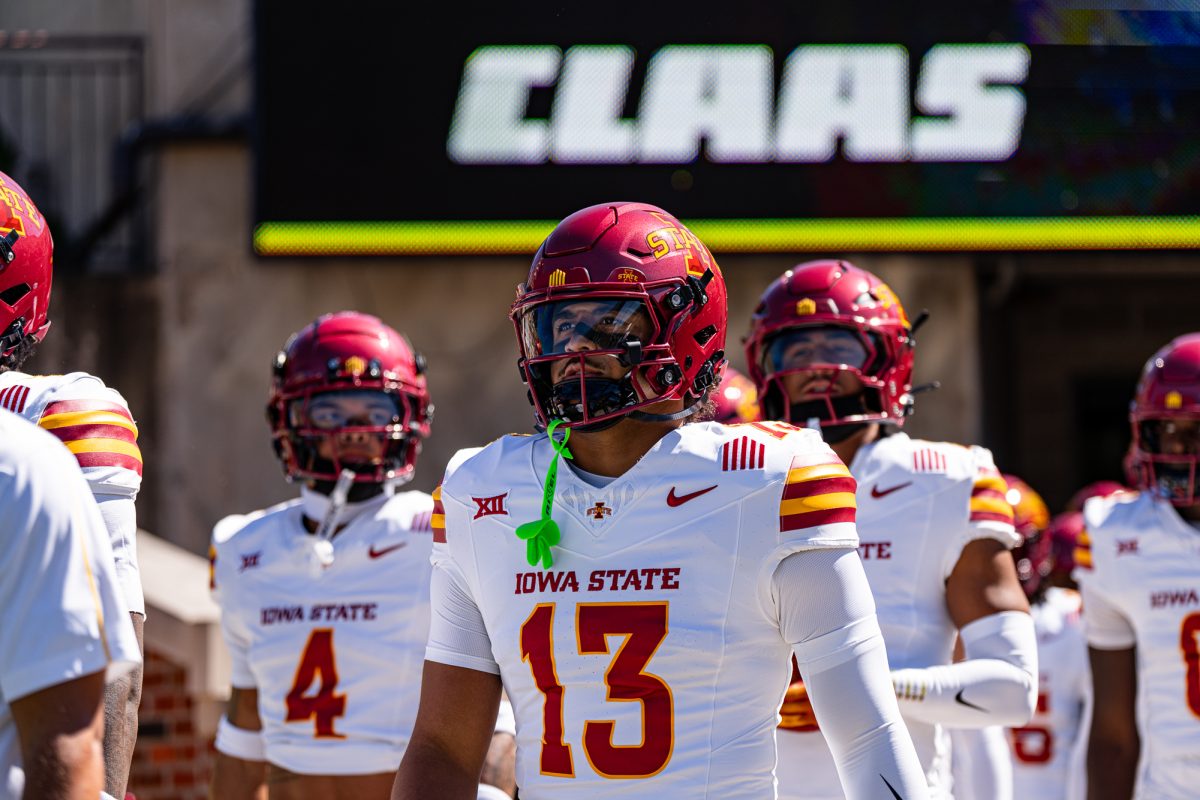Fire Michael Simonson!
July 6, 1998
Sexual harassment primarily happens in workplaces or in classrooms.
It is basically defined as receiving unwanted sexual attention from another person with the usage of threats, sexual coercion, emotional manipulation or physical harm.
There are many different angles of sexual harassment which can be classified in the following ways:
1. Employer-Employee.
2. Employee-Employer.
3. Employee-Employee.
4. Teacher-Student.
5. Student-Teacher.
6. Student-Student.
Sexual harassment can also be further categorized (according to “West’s Business Law,” 6th Ed., 1995, p.723) in two areas as commonly applied to employment:
1.”Hostile-environment harassment occurs when an employee is subjected to sexual comments, jokes, or physical contact perceived to be offensive.”
2.”Quid pro quo harassment occurs when job opportunities, promotions, and the like are doled out in exchange for sexual favors.”
Many sexual harassment cases usually involve members of the opposite sex, but according to a Supreme Court ruling handed down earlier this year, it has now broadened to persons of the same gender (not necessarily homosexuals since this specific sexual harassment case entirely involved heterosexuals) who engage in this negative behavior.
The Supreme Court has recently sent down three significant decisions which will make fighting sexual harassment cases a little easier or much harder to pursue:
1. Employers can now be sued for sexual harassment conducted by their employees if they were unaware of it.
2. Employers can also be litigated against for retaliatory movements that were never carried out.
3. Educational institutions cannot be held liable for sexual harassment, if they had no prior knowledge of the misconducted behavior.
As told by the Supreme Court, employees will have an easier time on the sexual harassment litigation battlefield, but students will still have to face an uphill struggle.
Sexual harassment cases in the generalized sense are either actual or perceived simply as a whole with the evidence proven before a court of law.
Iowa State University is not even immune from sexual harassment despite rashes of increased litigation from various members of this community.
Unfortunately, Iowa State remains in complete denial when confronting sexual harassment by being utterly clueless on the litigation battlefield without a strategic plan.
After losing several sexual harassment cases, Iowa State needed a case that could be actually winnable by representing three graduate students in the College of Education who wanted to pursue legal action against Dr. Michael Simonson, a Professor in the Department of Curriculum and Instruction.
Instead of a dry, dull court case, the Simonson trial symbolized the immaculate workings of a Jackie Collins novel with heavy-duty bad acting on the part of defense witnesses (despite their “higher” educational levels and professional rankings) who intimately revealed their sexual idiosyncrasies as proof of lacking common sense.
It would have been much safer to declare the fifth amendment, folks.
You would have been much more credible without the personal embarrassment.
It’s time for a delinquent reality check, Dr. Simonson. Since it has been past due for facing the final act of an ISU teaching career by pursuing the following choices:
1. Clean out your office.
2. Begin collecting severance payments.
3. Should have taken the position at Northwest Missouri State University when it was offered.
From the earliest beginnings, Dr. Simonson was (and still is) denying every sexual harassment charge brought against him by his victims despite conflicting evidence which states otherwise.
Follow Administrative Judge Donald W. Bohlken’s lead, ISU —fire him!
Adrian De Vore is a senior in hotel, restaurant and institution management from Newark, N.J.






